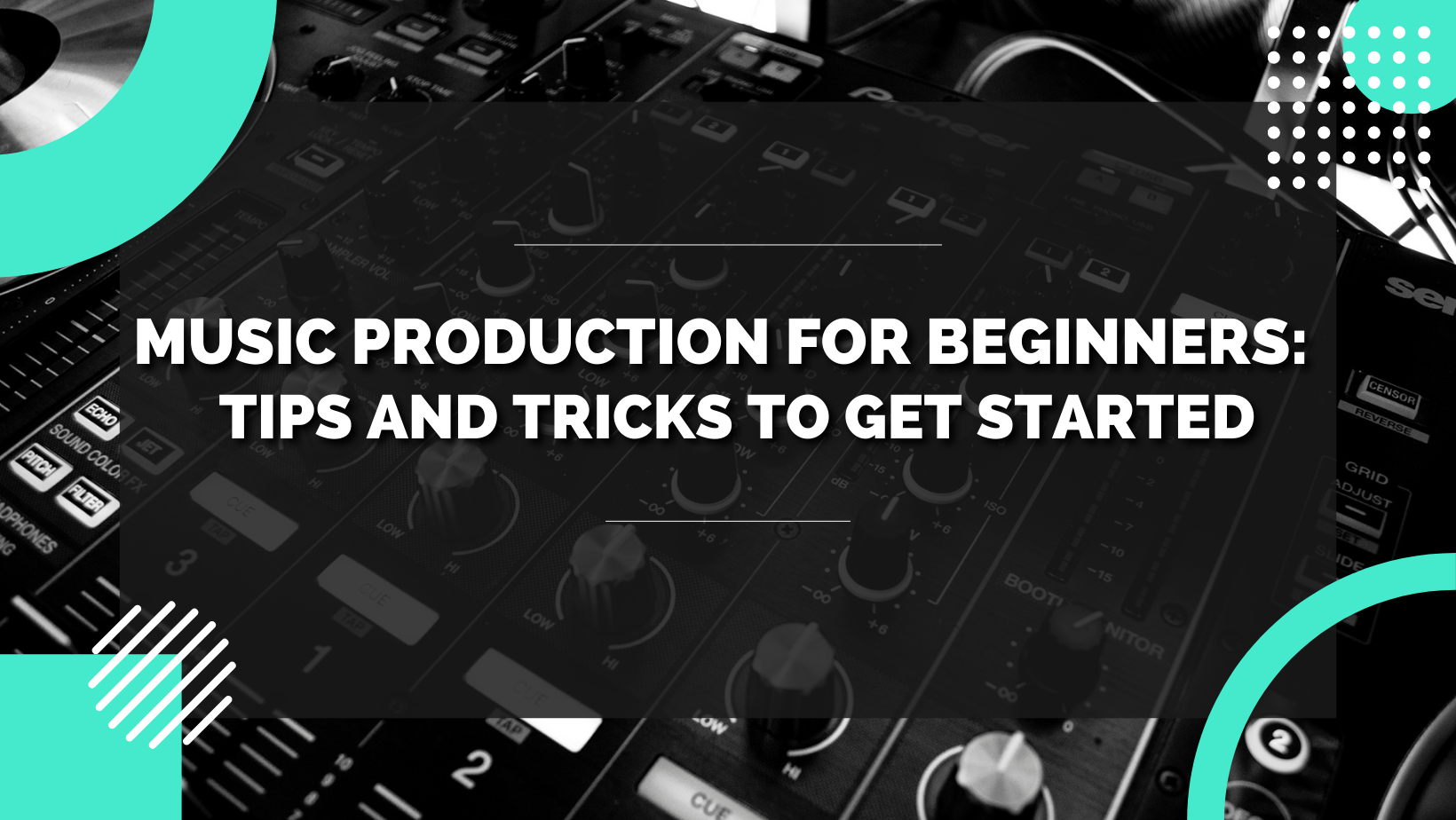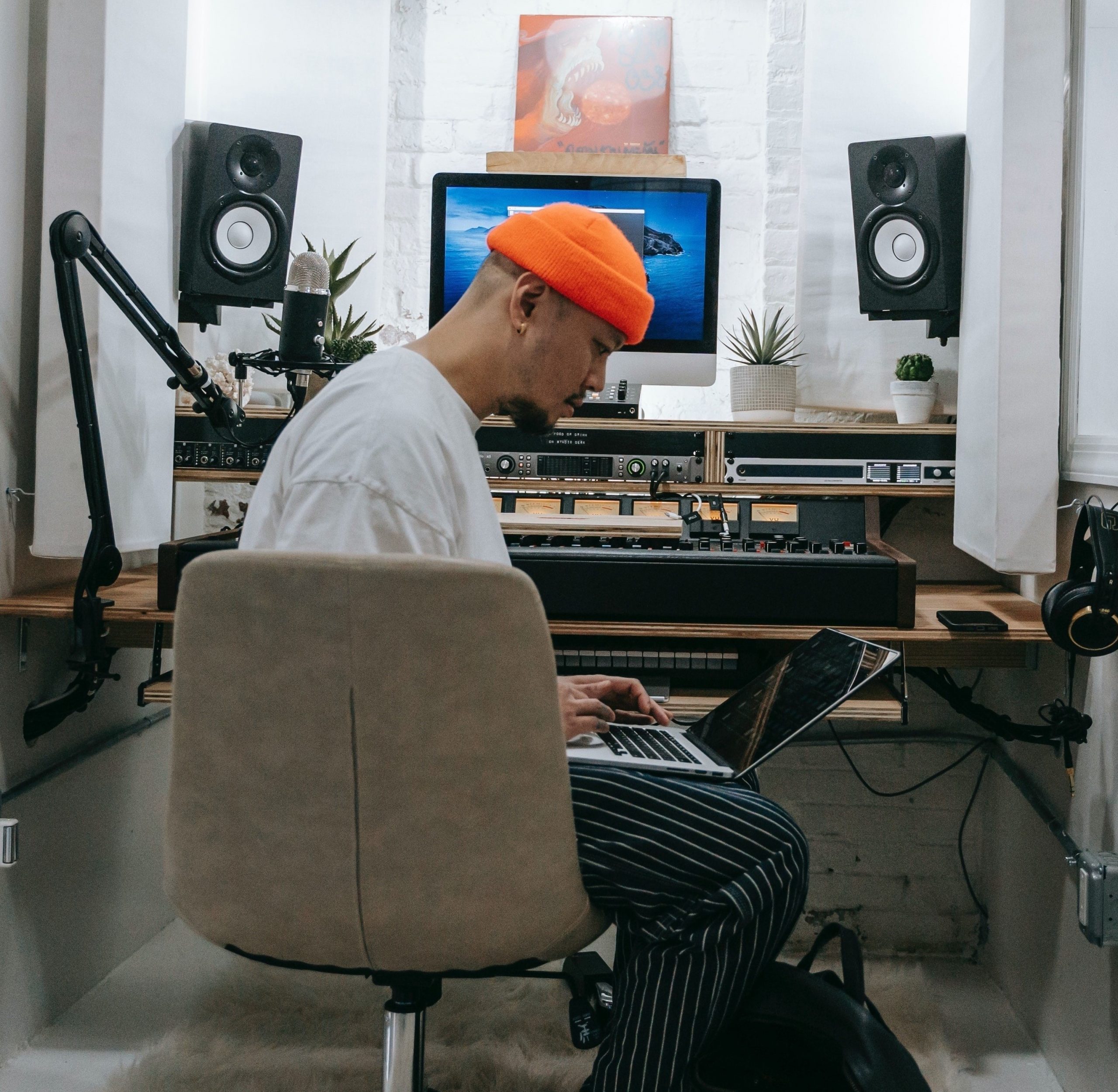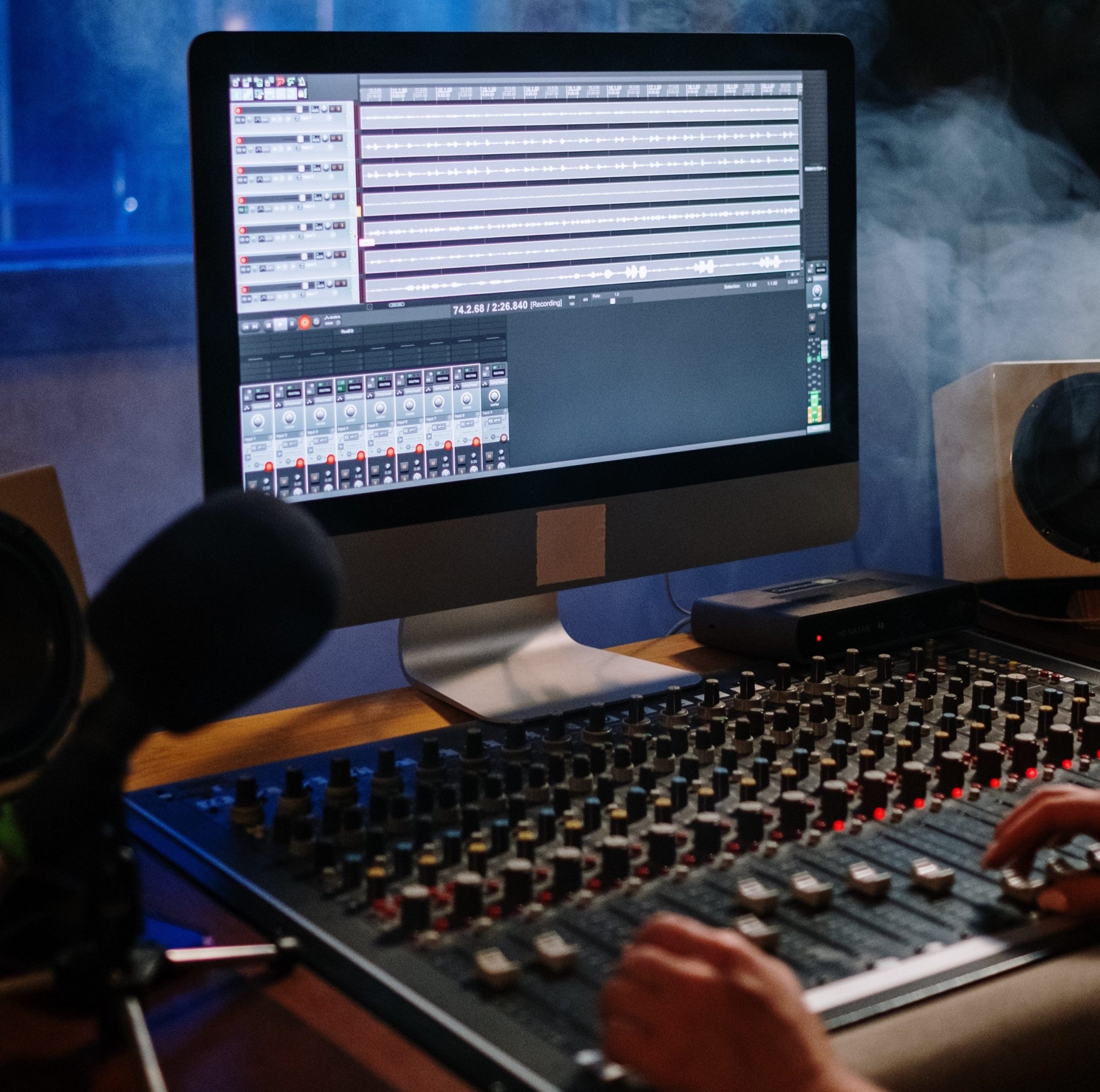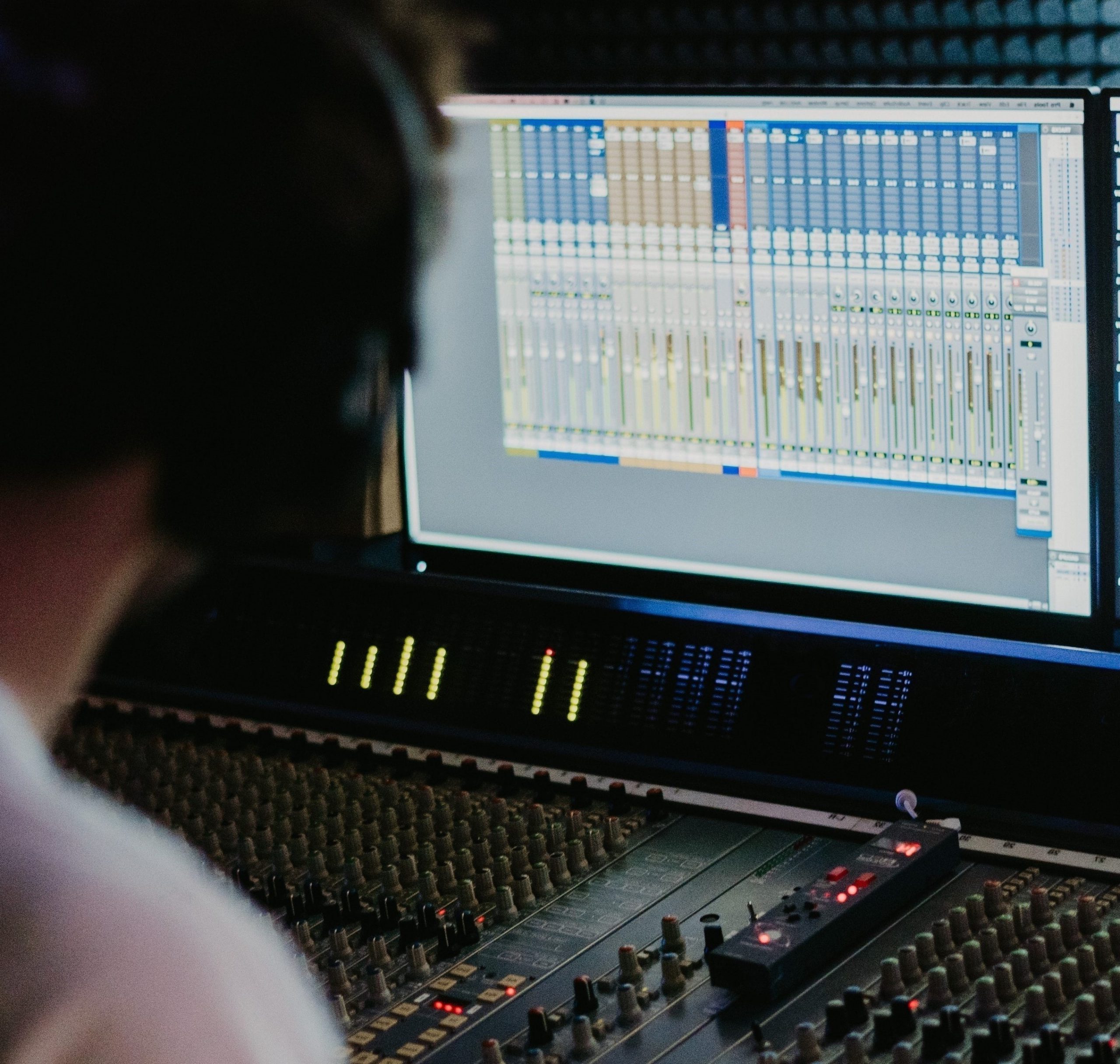- General
- 7 February 2023
- 4 h 50 min

Are you a beginner music producer looking for tips and tricks to get started? You’ve come to the right place! In this blog post, we will take a look at the basics of music production and provide some tips and tricks that you can use to make your tracks sound professional.
From setting up your studio space to creating beats, this guide will help you get up and running in no time. So grab your headphones, power on your computer, and let’s make some music!
Getting Started with Music Production
Music production is a fun and creative process, but it can be daunting for those just starting out. Whether you are trying to create your own beats, record tracks, or mix music, there are a few tips and tricks that can help you get started in the right direction.
But before getting started with music production, it’s important to have an understanding of what equipment you need and how it works.
Studio Space & Equipment
The first step in becoming a successful music producer is setting up your studio. Before you start recording and producing, take an inventory of what equipment you have or need. Do you have a laptop or desktop computer? What kind of audio interface are you using? Do you have speakers or headphones that offer accurate sound quality? Answering these questions will help you decide whether to invest in new gear or upgrade the equipment that you already have.
Once your equipment is squared away, it’s time to organize your workspace. A cluttered desk can cause distractions, so try to keep things neat and tidy as much as possible. Keep only the most essential items—like your computer, MIDI controller, microphone, and headphones—on top of the desk. The rest of your production tools can be stored on shelves or inside drawers beneath the desk. This will help minimize clutter and improve workflow while allowing easy access to all of the tools you need when producing.
Making Beats
Now that your studio is set up, it’s time to start making beats! If this is your first time creating music from scratch, don’t worry—it can be a bit overwhelming at first but it gets easier with practice. Start by selecting a DAW (digital audio workstation) like Ableton Live or FL Studio; this is where all of your production magic happens. Once installed on the computer, use built-in tutorials to understand how each function works before diving into creating beats from scratch. There are also plenty of online resources available if needed!
Once comfortable with how everything works within the DAW software, begin experimenting with different sounds and samples until something clicks—and then build upon that idea until it evolves into something unique and special! Don’t be afraid to experiment; after all, trial and error is part of any creative process! Take note that not every track needs to be produced from scratch; feel free to incorporate samples into existing tracks as well if desired.
Mixing & Mastering
Mixing is arguably one of the most important steps in producing music because it helps bring out certain elements within a track that would otherwise go unnoticed if left unmixed (for example: bass lines).
It can also help create a balance between different elements within a track such as drums/percussion vs melodies/synths vs vocals/fx etc., which can make or break a song overall depending on how well it’s mixed together – so pay close attention here!
Lastly, mastering involves further processing an already mixed song (if desired) which includes adding compression, equalization and/or limiting, etc., which ultimately helps give tracks more “punch” & presence when heard loudly on other systems outside of just yours – like radio stations for example (if applicable)
Tips & Tricks for Better Tracks
When producing your own tracks or mixing songs by others, there are several tips and tricks that can help improve your sound quality.
For example:
Record multiple takes – Recording multiple takes of each section within a track can be an important step in producing high-quality music. Taking the time to record multiple takes allows producers to select the best take and make sure that each part is played to its full potential. This approach will ensure that no part is overplayed or underplayed, which would otherwise ruin the entire track and potentially cause it to sound amateurish. By recording multiple takes, producers also have access to more options when it comes to mixing and mastering their tracks.
Use automation – Using automation can give producers much more flexibility when creating their soundscape. Automation helps producers control parameters like volume levels in order to create gradual changes throughout a track, allowing them to tweak small details in order to get the perfect sound. Using automation also allows for smoother transitions between sections within a track, creating dynamic changes which can help add depth and texture to a song. It also provides more control over mixed elements such as reverb and delay, allowing producers to adjust them precisely according to their needs.
Use compression – Compression is another useful tool for improving your sound quality. Compression helps even out dynamics between different instruments/tracks so that everything sounds balanced when playing together. As well as this, compression helps reduce any unwanted noise or distortion caused by too much gain or higher frequencies being present in a mix. A compressor can also be used on individual instruments or tracks in order to make them stand out from the rest of the mix, giving producers more control over their finished product.
Final Thoughts
Music production is a journey of exploration and creativity. With the right tools, tips, and dedication anyone can create great-sounding tracks! From recording original songs to mixing existing ones, having a basic understanding of music production can help breathe life into any project. Don’t be intimidated – explore different techniques and get creative. While mistakes are inevitable when producing music and learning new skills, they can be used as opportunities to develop your craft. Practice makes perfect, so start with the basics and work your way up – it won’t take long before you hear your own unique style emanating from the speakers!





